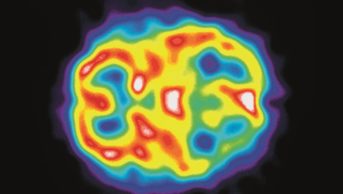
Shutterstock.com
Researchers have identified a plausible drug–drug interaction between laxatives and non-potassium-sparing diuretics, according to an article published in Cardiovascular Drugs and Therapy (2 August 2019)[1]
.
The study took data from a German cohort (n=4,265) and the UK Biobank (n=105,359) to examine the rate of cardiovascular mortality (CVM) in patients receiving antihypertensive treatment. There were 476 cases of CVM after 14 years in the German cohort and 1,616 cases after 7 years in the UK cohort.
The team found that users of any diuretic had a 1.6-fold increased risk of CVM, compared with non-users, while the risk was increased 1.4-fold in those receiving non-potassium-sparing diuretics specifically.
Laxatives alone were not significantly associated with the risk of CVM. However, patients who concurrently used non-potassium-sparing diuretics and laxatives had a two-fold increased risk of CVM compared with non-users, although a test for interaction slightly missed statistical significance.
The researchers said that further research was needed, but that doctors and pharmacists should ask patients receiving non-potassium-sparing diuretics about their laxative use, particularly since these are available without prescription.
They suggested that people using both drug classes may need their potassium levels checked more regularly than others.
“Clinical trials are needed to evaluate if tighter potassium monitoring intervals have an advantage for concurrent users,” the authors concluded.
References
[1] Hoppe L, Muhlack D, Koenig W et al. Cardiovasc Drugs Ther 2019; In press. doi: 10.1007/s10557-019-06894-w


